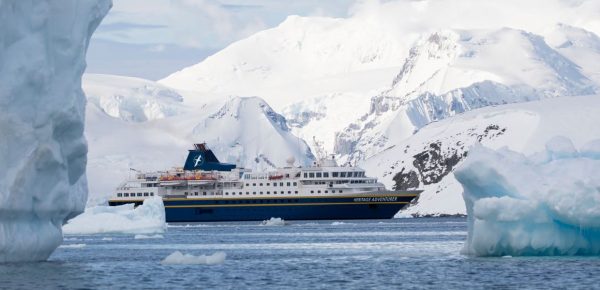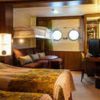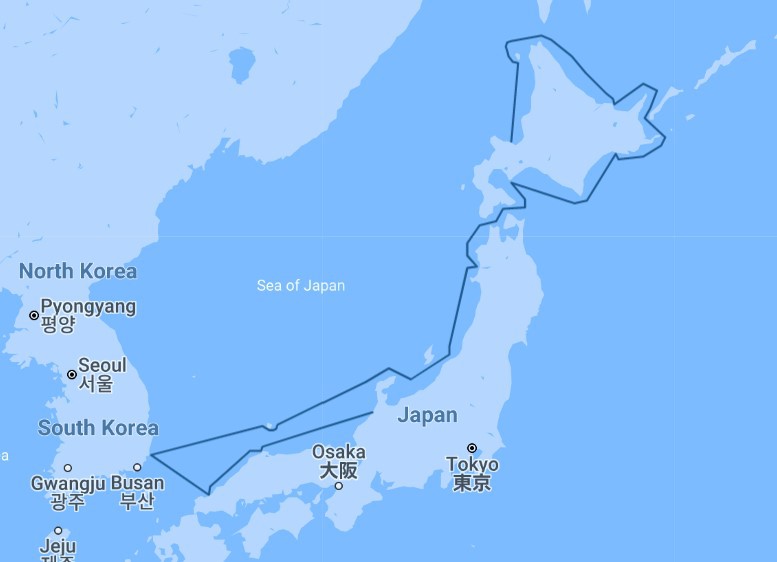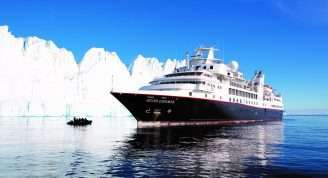Description
Heritage Expeditions, pioneers in authentic small ship expedition cruising, invite you to join them on the ultimate exploration of Japan’s wilderness, beyond its national parks and last frontier – Hokkaido. Translating in English to ‘Northern Sea Circuit’, Hokkaido is Japan’s northernmost and least developed island, and a world away from the country’s more traditional and contemporary cities.
Bordered by the Sea of Japan, Okhotsk and the Pacific Ocean, Hokkaido’s rugged landscape features a mountainous centre, complete with volcanic plateau, and is rightly famous for its volcanoes and hot springs. Among its multiple plains is Kushiro, the largest wetland in Japan and home of the Red-crowned Crane, one of the world’s largest and rarest cranes and iconic symbol of Japan where it is also known as the ‘bird of happiness’.
During our semi circumnavigation of this remarkable island we plan to explore to the outlying Rebun and Rishiri Islands, venture into national parklands, observe wildlife and experience traditional cultures and the swathes of colourful flowers Hokkaido is renowned for. Our voyage also includes a day in South Korea’s Ulsan visiting the fascinating UNESCO World Heritage Site Gyeongju – the ‘museum without walls’ among other highlights. We’ll also visit the incredible UNESCO registered Global Geopark Dogojima Island, world famous gardens, the serene lakes and forest of Juniko (12 Lakes) park, observe wildlife and discover the fascinating art of Japanese paper making on our visit to the historic town of Matsue with its impressive 17th Century castle.
We hope you can join us for this rare opportunity to join this voyage including Japan’s most enchanting isle as we explore the unspoiled nature, primeval wilderness, astounding rare wildlife, limpid lakes and alpine flowers during this unforgettable adventure.


















